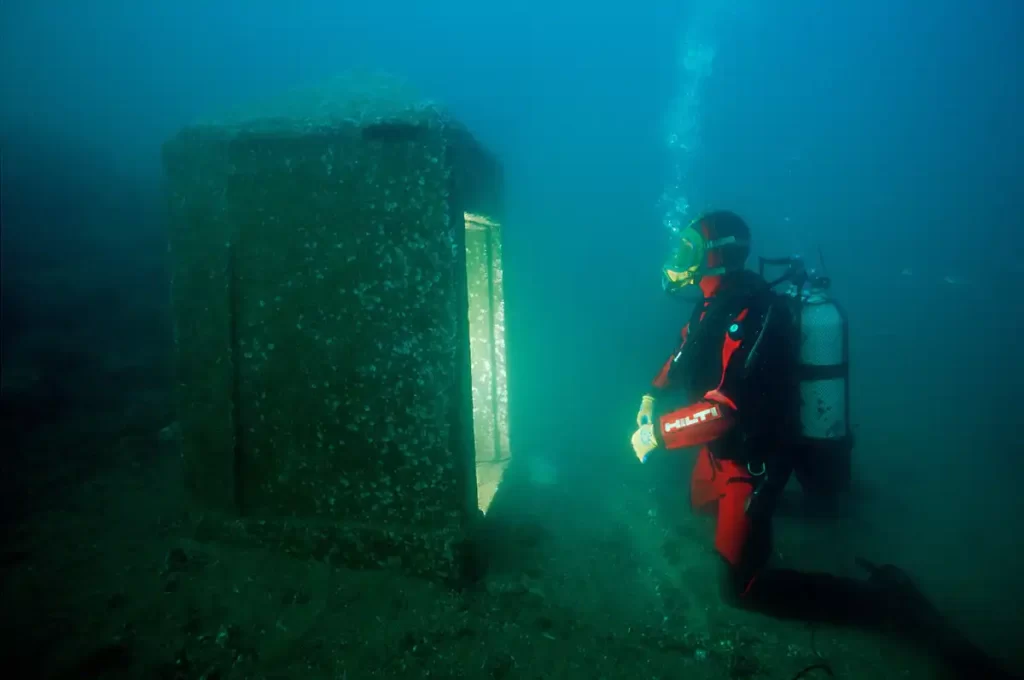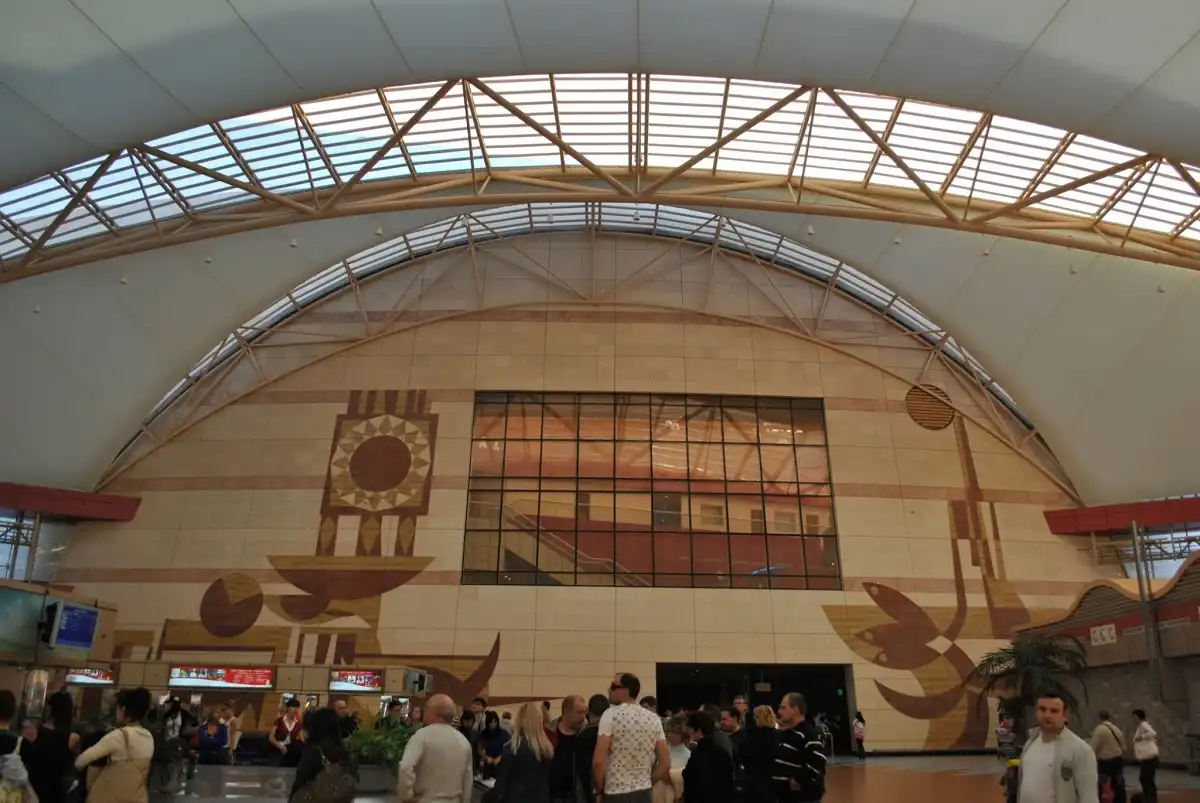
The Lost City of Heracleion
[ez-toc]
Heracleion is a legendary city that has been known as such for generations. Many ancient historians, including Paris and Helen of Troy, as well as Herodotus and Diodorus from the fifth century BC, visited it. Prior to its discovery in 2000 by the European Institute for Underwater Archaeology and French archaeologist Frank Goddio, the city of Heracleion had been lost for almost 1200 years. The vanished city of Heracleion, which was then known as “Thonis,” is thought to have been established in the 12th century BC.
It vanished beneath the surface of the earth 1200 years ago as a result of the area’s numerous earthquakes and sea level rises and falls. Similar to the enormous statues, Egyptian and Greek stones, gold coins, ships, and bronze statues that were discovered a few kilometers off the shore of Alexandria, there are currently many treasures and mysteries that are being unearthed. The Greek hero Heracles inspired the naming of the city of Heracleion, which is more often known as “Thonis Heracleion.”
The New Kingdom, which lasted from 1570 to 1069 BC, was initially constructed to pay homage to the god Amun, who was the Egyptian god of the sun and the air. Archaeologists have named a big temple on a massive river “The Grand Canal,” which they have called after the vanished city’s impressive fortifications. The Grand Canal connected the port to a sizable natural lake, and also revealed that the city comprised many districts that were divided by waterways. Within those ports and waterways, numerous incredible marine relics and shipwrecks have been found. Small relics, including as statuettes and amulets depicting Egyptian and Greek deities, as well as a variety of structures, shrines, and carved wooden naos, have managed to survive over the years despite the sinking of the entire city.
Additionally, archaeologists were able to unearth some exquisitely detailed pottery, including a glazed cobra. Modern researchers like Marguerite Toscana and Jean-Daniel were able to estimate the age of the city based on items found there, estimating that it was founded around 2700 years ago and submerged in the water around 1500 years ago. Unexpectedly, the city sunk in fragments, with some areas sinking quicker than others and never rising much above sea level.



